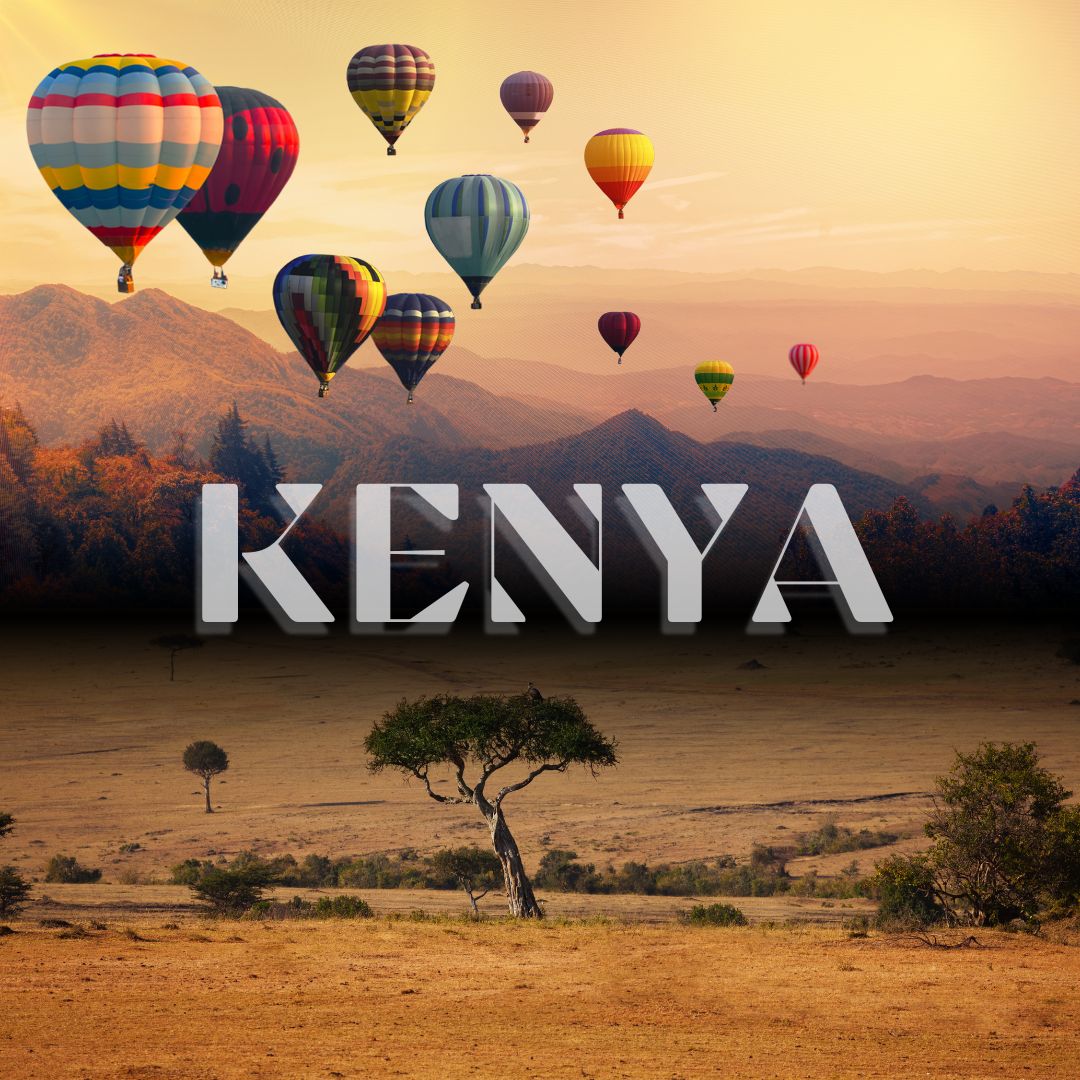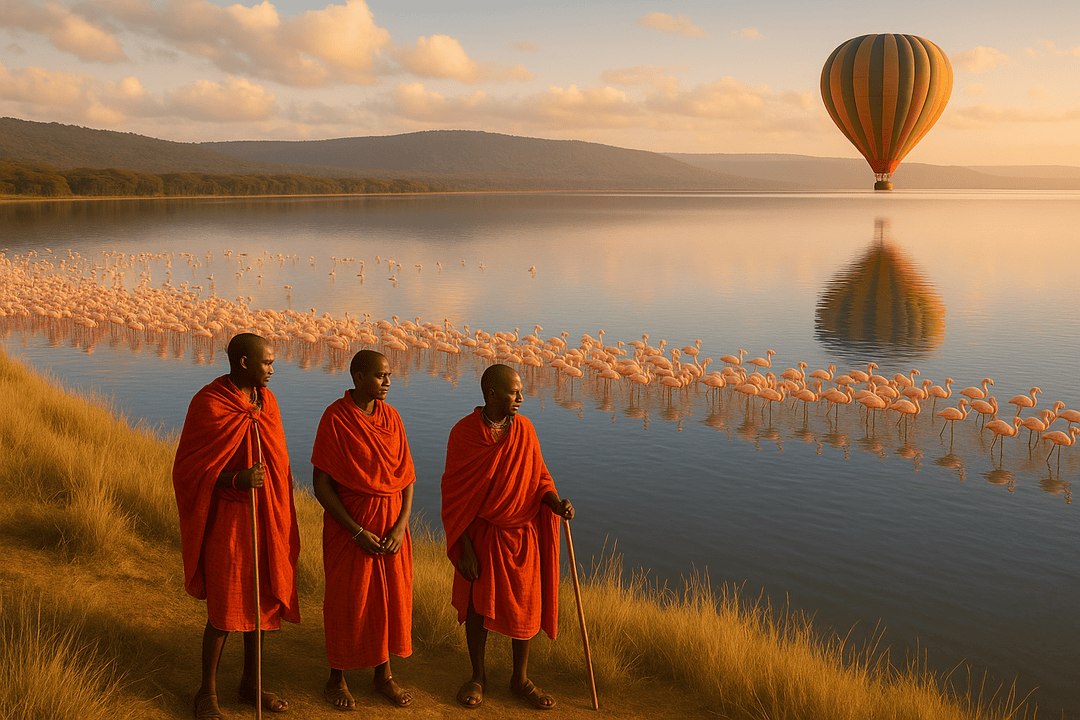Things to do in Kenya
Have you ever dreamed of watching a cheetah sprint across golden savannah while Mt. Kilimanjaro rises majestically in the background? Kenya delivers this magic and so much more! This East African wonderland is where thrilling wildlife encounters happen just hours from powder-white beaches, where you can share stories with Maasai warriors in the morning and snorkel in crystal-clear waters by afternoon. It doesn’t just offer a vacation, it promises the adventure of a lifetime and infinite things to do in Kenya that will leave you speechless and planning your return before you’ve even left.
See the Big Five on Safari
When it comes to the most exciting things to do in Kenya, wildlife safaris undoubtedly top the list. Kenya offers you the incredible chance to see the “Big Five” animals – lions, elephants, rhinoceros, leopards, and Cape buffalo all in their natural habitat.
The Maasai Mara National Reserve provides unparalleled opportunities for Big Five spotting. Here, golden grasslands stretch to the horizon, creating the perfect backdrop for wildlife viewing. Professional guides track fresh paw prints and follow radio signals to help you find these magnificent creatures.
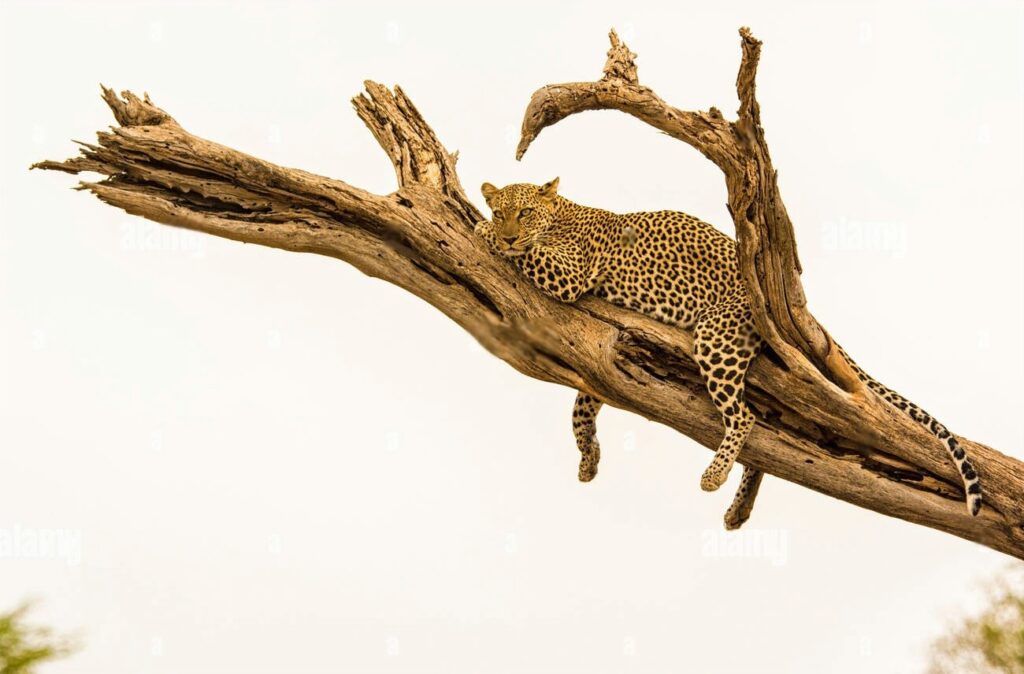
Nothing will prepare you for the moment jeep stopped beside a pride of lions lounging under an acacia tree. The massive male looking directly into eyes. you will feel a connection to nature you had never experienced before.
Best parks for Big Five spotting in Kenya:
- Maasai Mara National Reserve – Home to all the Big Five with abundant year-round wildlife
- Amboseli National Park – Famous for elephant herds against the backdrop of Mount Kilimanjaro
- Tsavo East and West National Parks – One of Africa’s largest wildlife sanctuaries
- Samburu National Reserve – Less crowded with unique northern species
Most safaris offer morning and evening game drives when animals are most active. For the best wildlife photography, plan your safari during the dry seasons (January-February or June-September) when vegetation is thinner and animals gather around water sources.
Witness the Great Migration
One of the most spectacular things to do in Kenya is witnessing the Great Migration often called the Eighth Wonder of the World. Every year, over two million wildebeest, zebras, and gazelles journey from Tanzania’s Serengeti to Kenya’s Maasai Mara in search of fresh grazing.
The most dramatic part of this natural spectacle occurs between July and October when massive herds cross the crocodile-infested Mara River. The thundering hooves, desperate river crossings, and lurking predators create nature’s most thrilling show.

Wildlife photographer recalls: “I waited patiently by the riverbank for three days. When the first wildebeest finally took the plunge, thousands followed in a chaotic rush. Crocodiles launched themselves at the crossing animals while lions waited on the other side. It was both brutal and beautiful, the raw circle of life unfolding before my eyes.”
For the best chance to witness river crossings, visit the Maasai Mara between August and September. Book accommodation well in advance, as lodges fill up quickly during this peak season.
Float Over Kenya in a Hot-Air Balloon
For a truly magical perspective of Kenya’s landscapes and wildlife, take to the skies in a hot-air balloon. This unforgettable adventure begins before dawn as you watch your colorful balloon inflate in the darkness.
As the sun rises, you’ll drift silently over the savannah, floating above herds of elephants, towers of giraffes, and prides of lions beginning their day. The golden morning light creates perfect conditions for photography, with the vast plains stretching to the horizon.
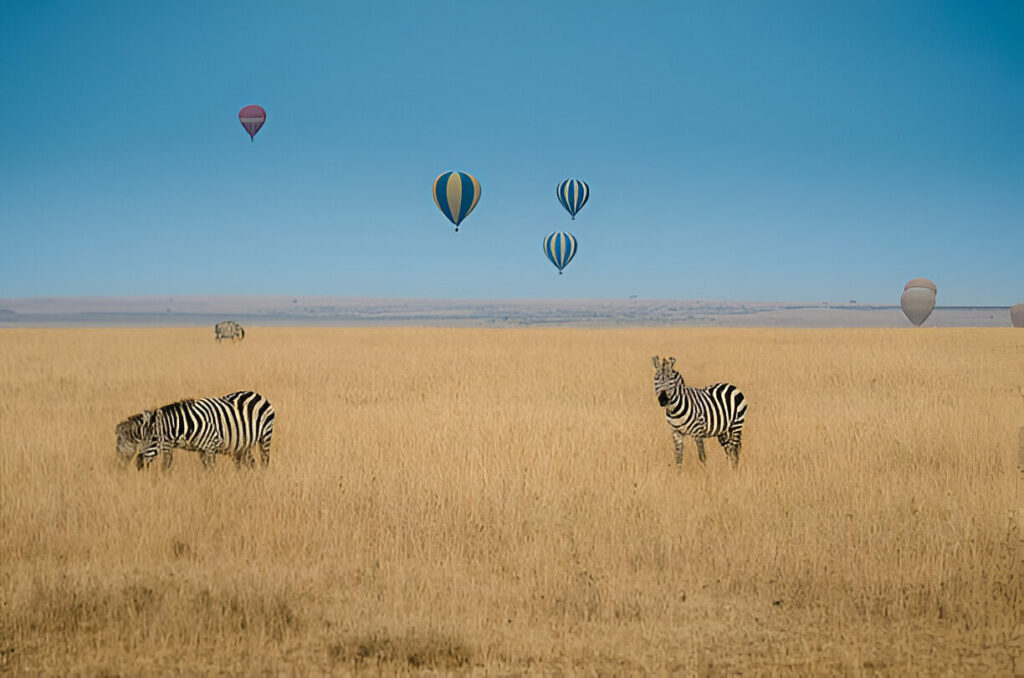
Floating above the Maasai Mara at sunrise was the most peaceful yet exhilarating experience of Life. From above, you can appreciate the patterns of nature, elephant pathways cutting through grasslands, winding rivers, and the perfect circles of Maasai villages.
Most balloon safaris in Kenya include a champagne breakfast served in the bush after landing – the perfect way to celebrate your adventure. While hot-air balloon experiences are available in several parks, the Maasai Mara offers the most spectacular views, especially during migration season.
Balloon safaris are one of the more exclusive things to do in Kenya, typically costing between $400-500 per person. Book in advance and prepare for an early morning (around 4:30 AM) pickup from your lodge.
Take Breakfast at Giraffe Manor
Few experiences in Kenya are as unique as breakfast at the famous Giraffe Manor in Nairobi. At this elegant boutique hotel, endangered Rothschild’s giraffes poke their long necks through the windows during morning and evening meals, gently taking treats from delighted guests.
The historic manor house, built in the 1930s, sits on 12 acres of private land and serves as both a luxury hotel and a conservation project. The resident giraffes are part of a breeding program that has successfully reintroduced Rothschild’s giraffes to the wild.
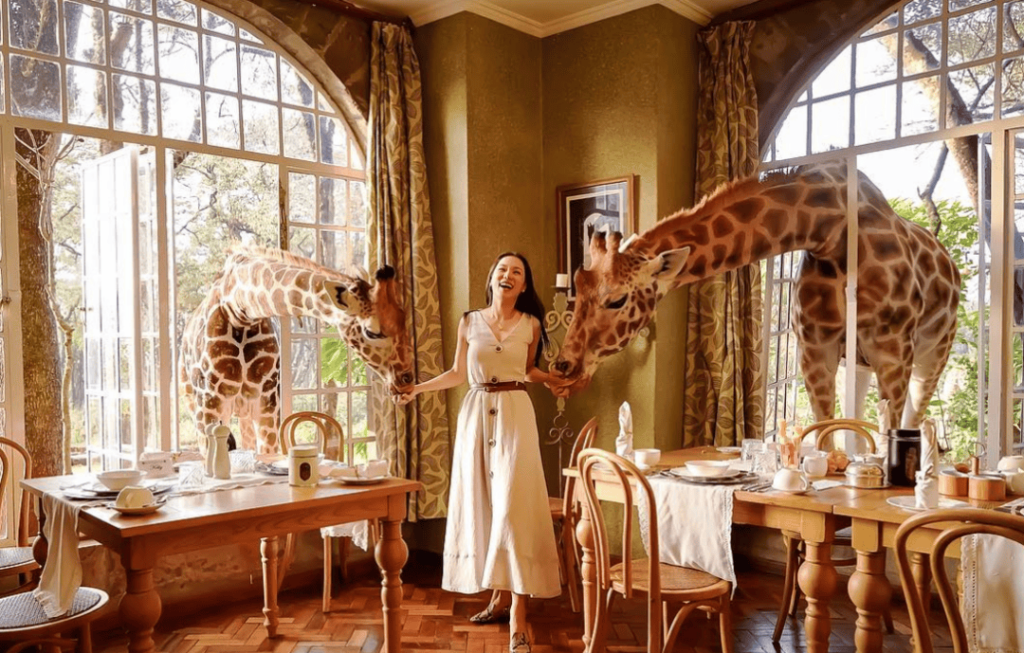
While you are sipping coffee a gentle face will approach you at the window. The giraffe’s long eyelashes batted as it delicately took a pellet from my palm. It is such an intimate wildlife encounter definitely one of the most special things to do in Kenya.
Giraffe Manor is extremely popular, so booking 12-18 months in advance is recommended. While staying overnight provides the full experience, day visits for afternoon tea with the giraffes are sometimes available for non-guests.
Dive or Snorkel Kenya’s Coast
Kenya’s 536-kilometer coastline along the Indian Ocean offers world-class diving and snorkeling opportunities that surprise many visitors. The warm, crystal-clear waters host vibrant coral reefs, colorful fish, sea turtles, and even dolphin pods.
Watamu Marine National Park, one of Kenya’s best-preserved marine ecosystems, features over 600 fish species and 110 types of coral. The protected waters make it ideal for both beginning snorkelers and experienced divers.
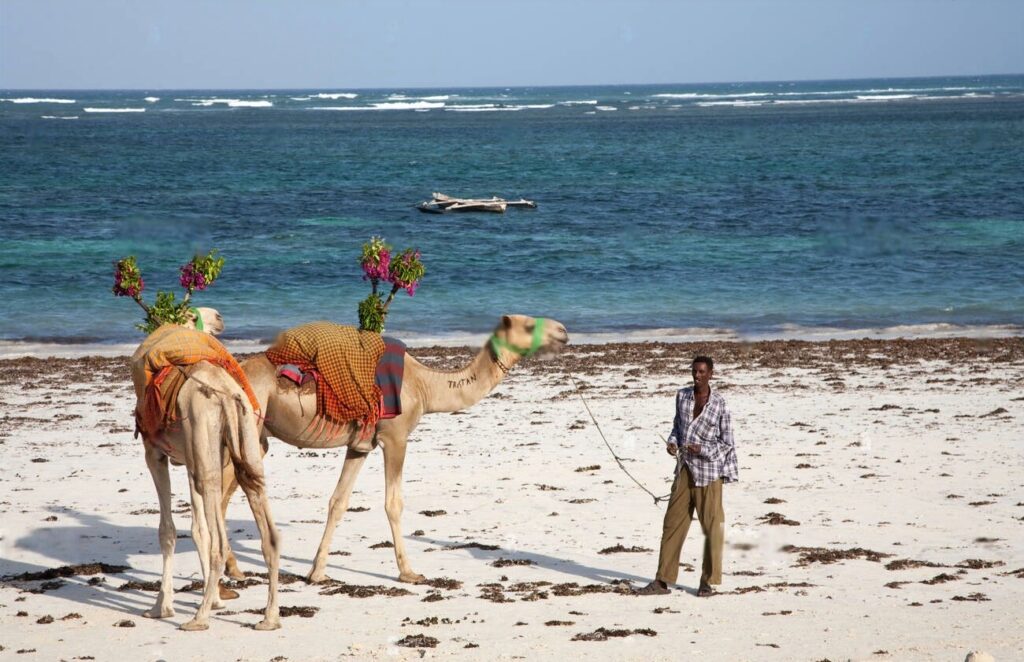
You might have explored coral reefs worldwide, but Kenya’s marine parks remain special. The biodiversity is remarkable, with everything from tiny nudibranch to massive whale sharks. Conservation efforts have really paid off here.
Top spots for underwater adventures in Kenya:
- Watamu Marine National Park – Protected coral gardens and turtle watching
- Kisite-Mpunguti Marine Reserve – Dolphin encounters and pristine coral
- Malindi Marine National Park – Easy access and excellent snorkeling
- Diani Beach – Beautiful reef accessible right from the shore
The best time for diving in Kenya is from October to April when water visibility often exceeds 20 meters. Many coastal resorts offer PADI certification courses, making this an excellent place to learn diving if you’re a beginner. For experienced divers, night dives and drift dives provide extra thrills.
Join a Camel Safari
For a unique perspective on Kenya’s northern landscapes, join a camel safari through the desert and scrubland. These journeys connect you with Kenya’s northern pastoralist cultures while providing access to areas vehicles cannot reach.
Samburu and Rendille camel handlers lead these expeditions, sharing their deep knowledge of the land and wildlife. Multi-day safaris include camping under star-filled skies with meals prepared over open fires.

Riding camels through Samburu country will change your perception of Kenya. Away from vehicle engines, you will hear every bird call and insect chirp. Your guides will identify medicinal plants and spotted wildlife and pass it to you. It will be one of the most authentic things to do in Kenya.
Popular regions for camel safaris include:
- Samburu National Reserve
- Laikipia Plateau
- Chalbi Desert
- Lake Turkana region
Many camel safari operators work directly with local communities, ensuring your adventure supports sustainable tourism. While physical fitness helps, camel safaris can be tailored to different ability levels and typically cover 10-15 kilometers per day at a gentle pace.
Sail on a Traditional Dhow
Gliding across Kenya’s coastal waters on a traditional wooden dhow connects you to centuries of maritime heritage. These graceful sailing vessels, with their distinctive triangular lateen sails, have navigated the Indian Ocean trade routes for over a thousand years.
Dhow cruises range from sunset sails with fresh seafood dinners to multi-day journeys exploring remote beaches and islands. The Lamu Archipelago offers some of the most authentic dhow experiences, where boats still serve as the main transportation between islands.

As the dhow’s sail filled with wind and pulled away from Lamu Town, it felt like stepping back in time. The captain will share stories passed down through generations of sailors while pointing out mangrove forests teeming with birds. And in the evening you will be anchored at a deserted beach and sleep under the stars on the show’s deck.
Popular dhow sailing destinations in Kenya:
- Lamu Archipelago – Multi-day island hopping
- Watamu – Sunset cruises and snorkeling trips
- Kilifi Creek – Calm water sailing
- Mombasa – Historical harbor tours
The best dhow experiences respect traditional craftsmanship and sailing methods. Look for operators who work with local captains and maintain vessels using traditional techniques. Most dhow experiences include fresh seafood meals prepared on board.
Head Out on a Hike
Kenya’s diverse landscapes offer spectacular hiking opportunities, from challenging mountain ascents to gentle forest walks. Lacing up your hiking boots and hitting the trails is one of the most rewarding things to do in Kenya for nature lovers.
Mount Kenya, Africa’s second-highest peak at 5,199 meters, presents the ultimate hiking challenge. The mountain features several routes suitable for different experience levels, with Point Lenana (4,985m) accessible to fit hikers without technical climbing skills.

Watching the sunrise from Point Lenana is worth every step of the challenging ascent. The trek took us through multiple climate zones from dense forest to alpine moorland and finally the rocky summit region. The golden light spreading across the African landscape makes every step worthwhile.
Best hiking destinations in Kenya:
- Mount Kenya National Park – Multi-day treks to various peaks
- Hell’s Gate National Park – Dramatic gorges and geothermal features
- Aberdare Ranges – Moorlands and dense forests with abundant wildlife
- Mount Longonot – Day hike to a volcanic crater rim
- Ngong Hills – Accessible rolling hills near Nairobi
For wildlife enthusiasts, guided walking safaris in conservancies offer the thrill of tracking animals on foot. These hikes, led by armed rangers and local guides, provide intimate wildlife encounters impossible from vehicles.
The best hiking seasons coincide with the dry months (January-February and June-September) when trails are less slippery. Always hike with qualified guides who understand local conditions and wildlife behavior.
Go Mountain Biking
Kenya’s diverse terrain makes it an emerging mountain biking destination. From single-track forest paths to challenging descent routes, cycling enthusiasts will find plenty of exciting things to do in Kenya on two wheels.
The Great Rift Valley offers some of the most spectacular riding, with trails winding through acacia woodlands, past lakes, and alongside wildlife. Hell’s Gate National Park remains unique worldwide as one of the few parks where you can cycle among free-roaming wildlife.

Cycling in Kenya connects you to the landscape in a special way. You cover more ground than hiking but move quietly enough to encounter wildlife. I’ve led tours where we’ve cycled past giraffes browsing just meters away.
Top mountain biking locations in Kenya:
- Hell’s Gate National Park – Flat terrain suitable for beginners
- Mount Kenya slopes – Technical forest single-tracks
- Ngong Hills – Rolling terrain with city views
- Karura Forest – Urban riding on well-maintained trails
- Kerio Valley – Challenging descents with spectacular views
Many lodges and tour operators offer bike rentals and guided cycling excursions. For serious mountain bikers, multi-day bike safaris combine cycling with camping in remote areas. The annual Migration Ride event challenges participants to cycle alongside the Great Migration in the Maasai Mara.
Experience Maasai Culture
Engaging with Kenya’s diverse cultures ranks among the most rewarding things to do in Kenya. The Maasai people, with their distinctive red clothing and remarkable jumping dances, offer visitors authentic cultural experiences that provide deeper understanding of Kenya’s heritage.
Responsible cultural visits allow you to learn about traditional lifestyles, from cattle herding to medicinal plant knowledge. Many Maasai communities have developed sustainable tourism initiatives that support education and conservation while preserving cultural traditions.
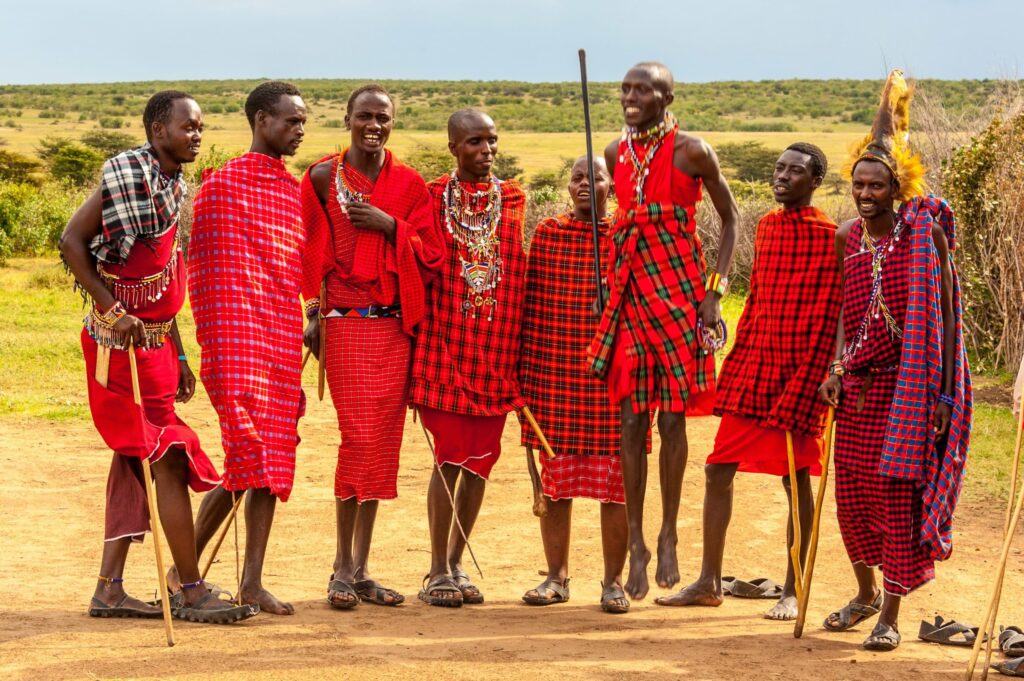
Your stay with a Maasai community near the Mara will leave a deep impression. You can participate in a traditional dance ceremony, which turns into an evening of storytelling around the fire. The elders shared their concerns about preserving their way of life while adapting to modern challenges.
Meaningful cultural experiences in Kenya include:
- Village visits with community-led tours
- Traditional craft workshops learning beadwork or leather-working
- Guided walks with Maasai trackers sharing indigenous knowledge
- Storytelling sessions with community elders
- Participating in community conservation initiatives
To ensure your cultural experience benefits local communities, book through reputable operators that return profits to the communities visited. Respectful photography, appropriate dress, and genuine interest in learning make cultural exchanges more meaningful for both visitors and hosts.
Visit the David Sheldrick Wildlife Trust
No list of things to do in Kenya would be complete without mentioning the David Sheldrick Wildlife Trust’s Elephant Orphanage in Nairobi. This pioneering conservation organization rescues and rehabilitates orphaned elephants and rhinos, eventually reintroducing them to the wild.
Visitors can attend the daily feeding sessions, where baby elephants bottle-feed and playfully roll in mud baths. The dedicated keepers share each orphan’s rescue story and information about elephant conservation challenges.
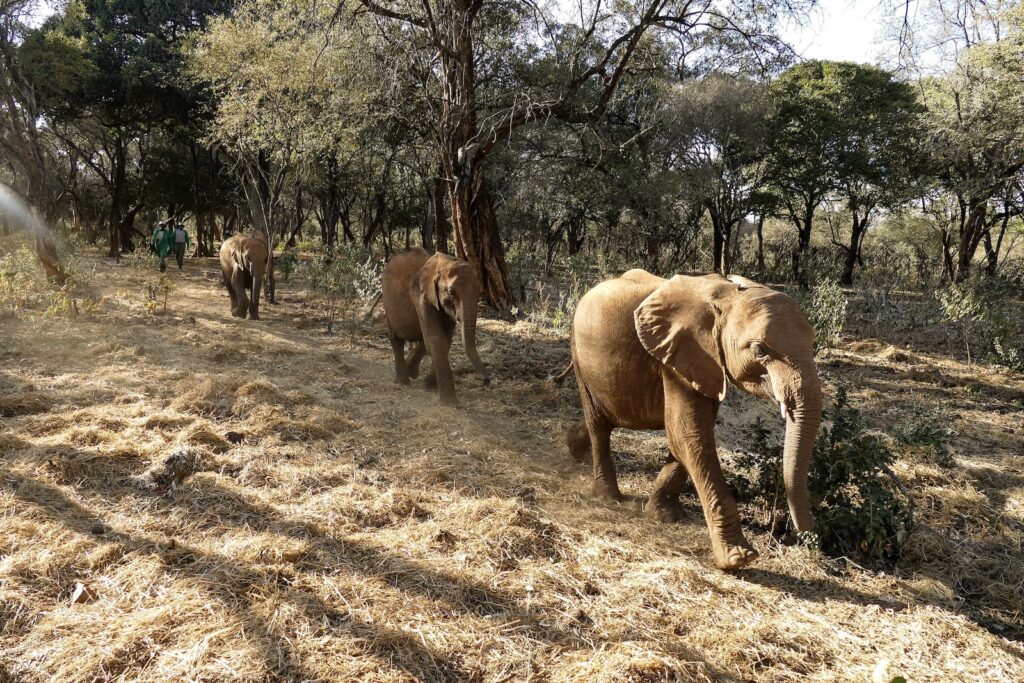
Watching the elephant calves play and interact with their keepers is heart-melting. The trust’s work goes beyond cute photo opportunities, they’re addressing poaching, habitat loss, and human-wildlife conflict with innovative solutions.
For a more personal experience, consider “adopting” an orphan through the trust’s fostering program. Foster parents can visit during the private evening feeding time when their adopted elephants return from the forest for their nighttime bottle and stable.
The David Sheldrick Wildlife Trust exemplifies Kenya’s leadership in conservation innovation. Many successful conservation models developed here have been implemented worldwide, showcasing how tourism can directly support wildlife protection.
Planning Your Kenya Adventure
The best time to experience these incredible things to do in Kenya depends on your specific interests:
- Wildlife Safari and Great Migration: July to October
- Coastal Activities: December to March for clearest waters
- Mountain Climbing: January-February and July-September
- Budget Travel: April-May and November (shoulder seasons)
Kenya’s transportation options include domestic flights connecting major destinations, private vehicle hire with knowledgeable driver-guides, and the convenient SGR train between Nairobi and Mombasa. For city travel, ride-sharing apps provide safe, affordable options.
- Visa Requirements: Most visitors need an e-visa, easily obtained online
- Health Precautions: Yellow fever vaccination required, malaria prophylaxis recommended
- Currency: Kenyan Shilling (KES), with USD widely accepted in tourist areas
- Language: English and Swahili are official languages
- Photography: Always ask permission before photographing people
How Kenya Changes You?
After exploring these incredible things to do in Kenya, many travelers find themselves profoundly connected to this extraordinary country. The combination of breathtaking landscapes, remarkable wildlife, rich cultural heritage, and the genuine warmth of Kenyan people creates an experience that often becomes the benchmark against which all future travel is measured.
Some come Kenya for the wildlife, others for adventure or beaches. But almost all leave understanding what we Kenyans have always known. This land has a spirit that speaks to something essential in the human soul.
Whether you’re witnessing the Great Migration, learning traditional crafts from Maasai artisans, summiting Mount Kenya, or simply watching the sunset over the Indian Ocean, Kenya offers experiences that transform travelers and create memories to treasure for a lifetime.
Start planning your Kenyan adventure today to discover why this remarkable country continues to capture the hearts of travelers worldwide.
Frequently Asked Questions About Things to Do in Kenya
What is the best time to visit Kenya?
The best time depends on what you want to see. For wildlife and the Great Migration, visit during the dry seasons (July-October or January-February). For fewer crowds and lush landscapes, consider the shoulder seasons.
Is Kenya safe for tourists?
Yes, Kenya’s major tourist destinations are generally safe. The country has invested significantly in tourism security. Taking common-sense precautions as you would anywhere ensures a trouble-free experience.
How many days do I need in Kenya?
For a fulfilling experience, plan at least 7-10 days. This allows time for both wildlife safaris and either mountain or coastal activities. Two weeks would be ideal to experience most of the top things to do in Kenya.
What should I pack for a Kenya trip?
Pack lightweight, neutral-colored clothing for safaris, sun protection, insect repellent, comfortable walking shoes, and a good camera with extra batteries. For evenings and highlands, include a light jacket or sweater.
Do I need a special vehicle for Kenya’s roads?
For most major tourist routes, regular vehicles are fine. However, a 4×4 vehicle is recommended during rainy seasons and for remote areas. Most visitors opt for tour operators who provide appropriate vehicles.






